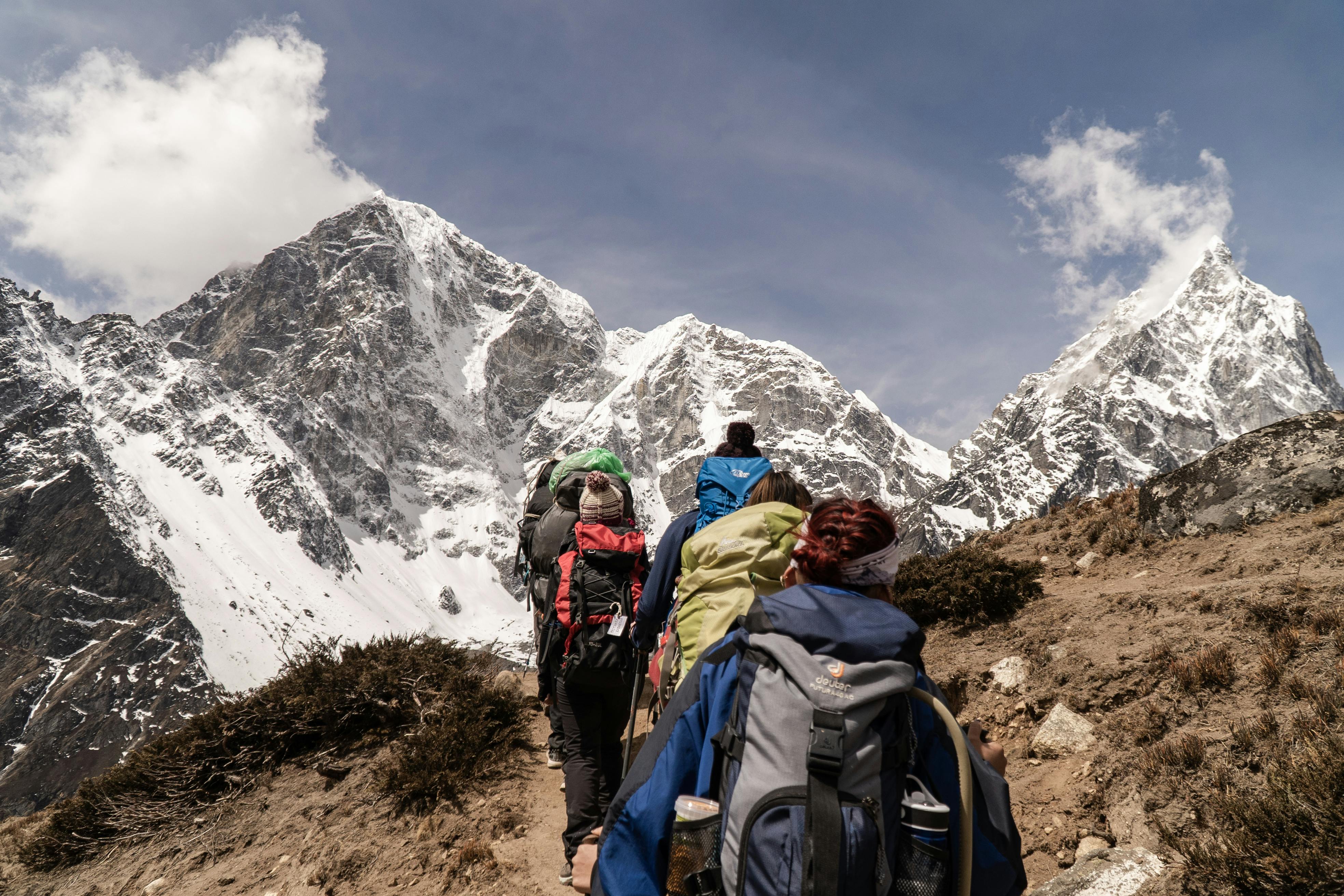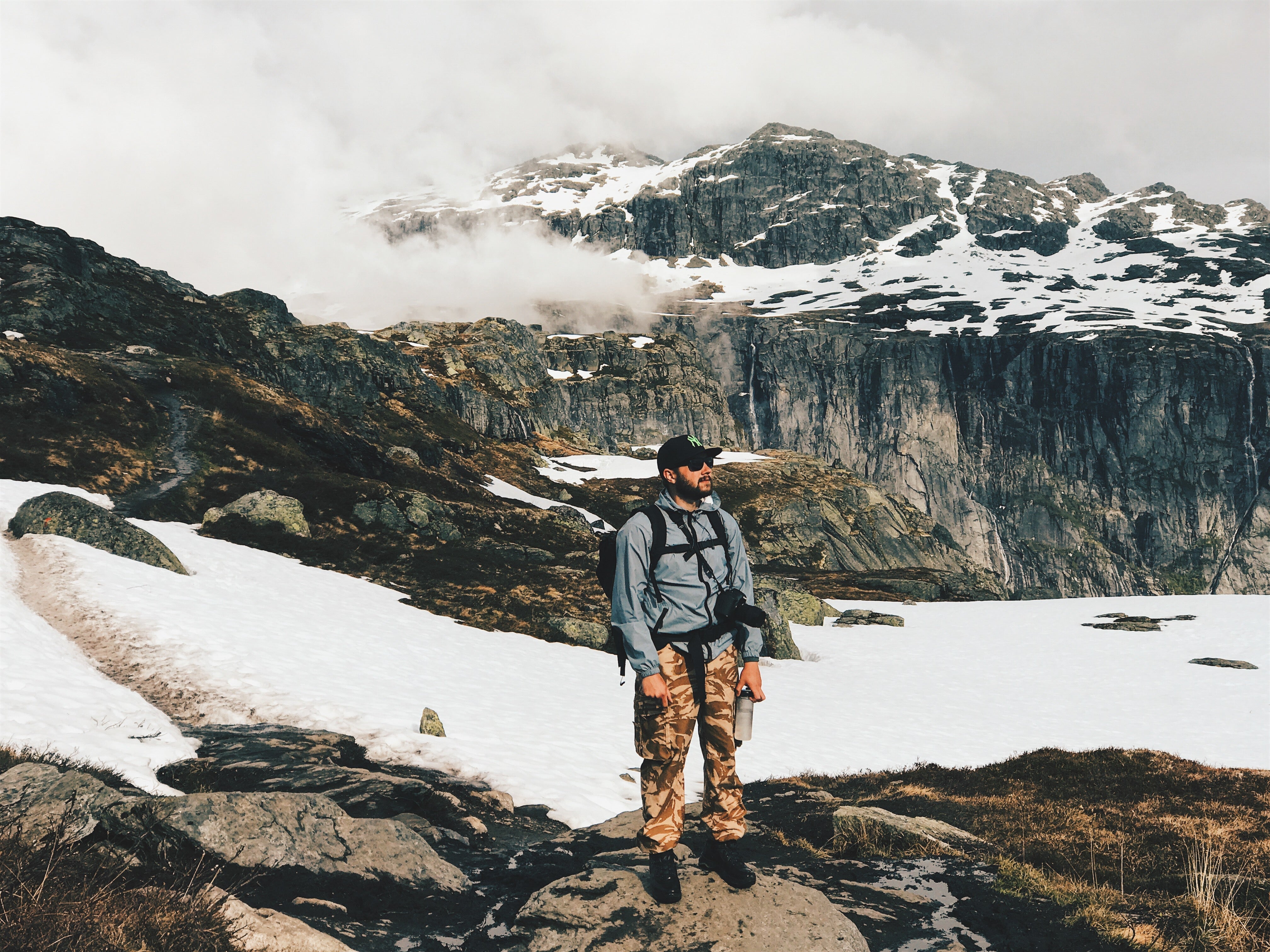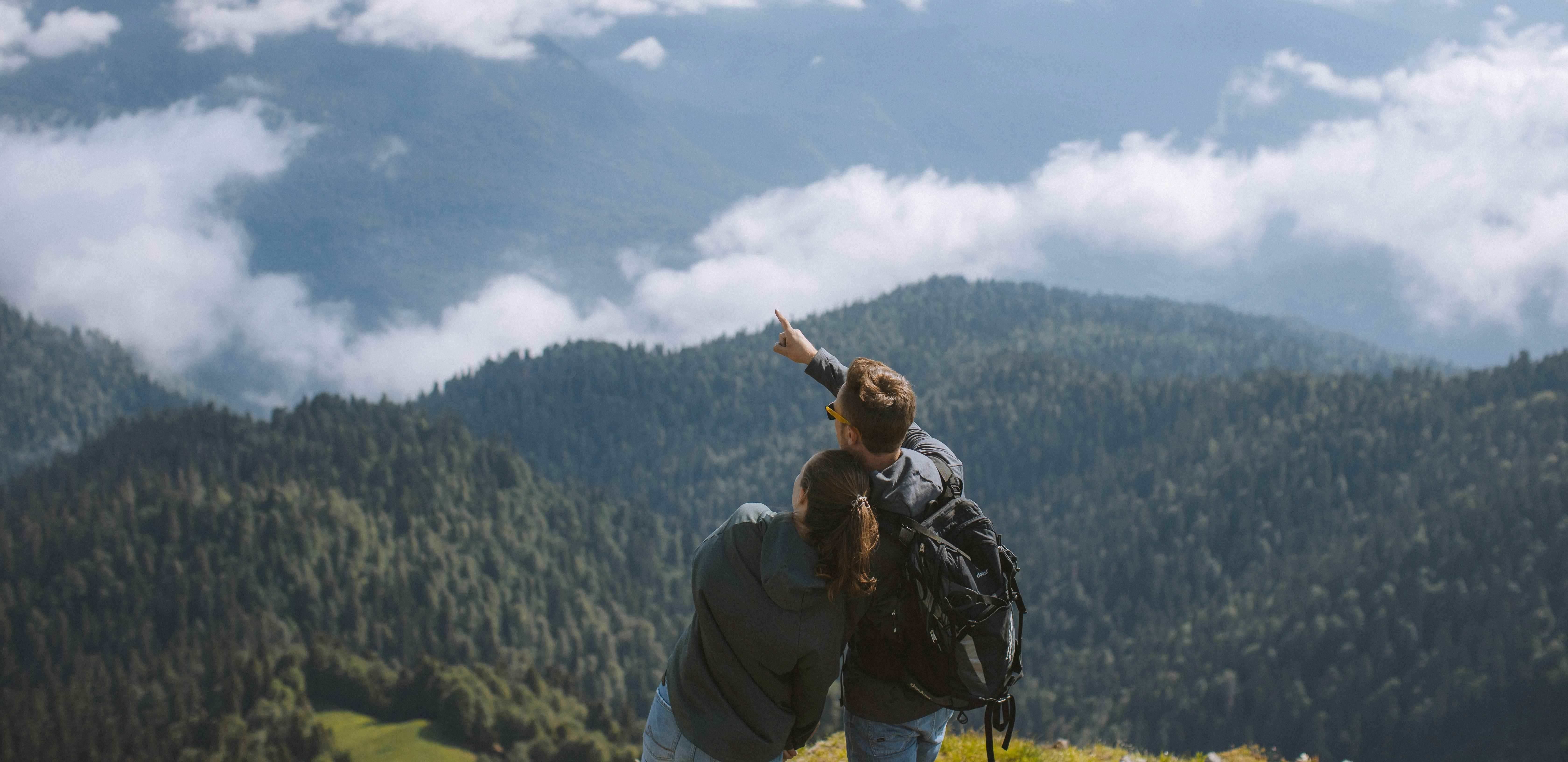Moral Crossroads on the Mountain: Climbing’s Toughest Choices

Climbers often face moments when the survival imperative means abandoning equipment—especially if a teammate falls ill or a storm rolls in. For some, leaving gear is an unavoidable safety measure; for others, it conflicts with mountaineering’s “leave no trace” values and the environmental imperative to preserve the world’s highest places. Decisions made at these heights are further complicated by time pressure, fatigue, and the knowledge that retrieval may demand another dangerous climb.

Few mountaineering debates are as controversial as the decision to press toward the summit or turn back to help a struggling climber. The rarity of successful rescues above 8,000 meters—known as the "death zone"—means even the most skilled guides cannot always save a life. Exhaustion, depleted resources, and weather create a cruel rationing: help may doom everyone, but leaving someone feels inhuman. Recent high-profile cases and personal recounts highlight the complex calculus climbers face, made tougher by the pressure to achieve a goal they’ve prepared for over years or a lifetime.
Every expedition faces unique circumstances shaped by human frailty, ambition, and compassion. Raising awareness, sharing open dialogue, and prioritizing safety, fairness, and respect for both people and mountains may be the best compass climbers can carry as they journey above the clouds.



